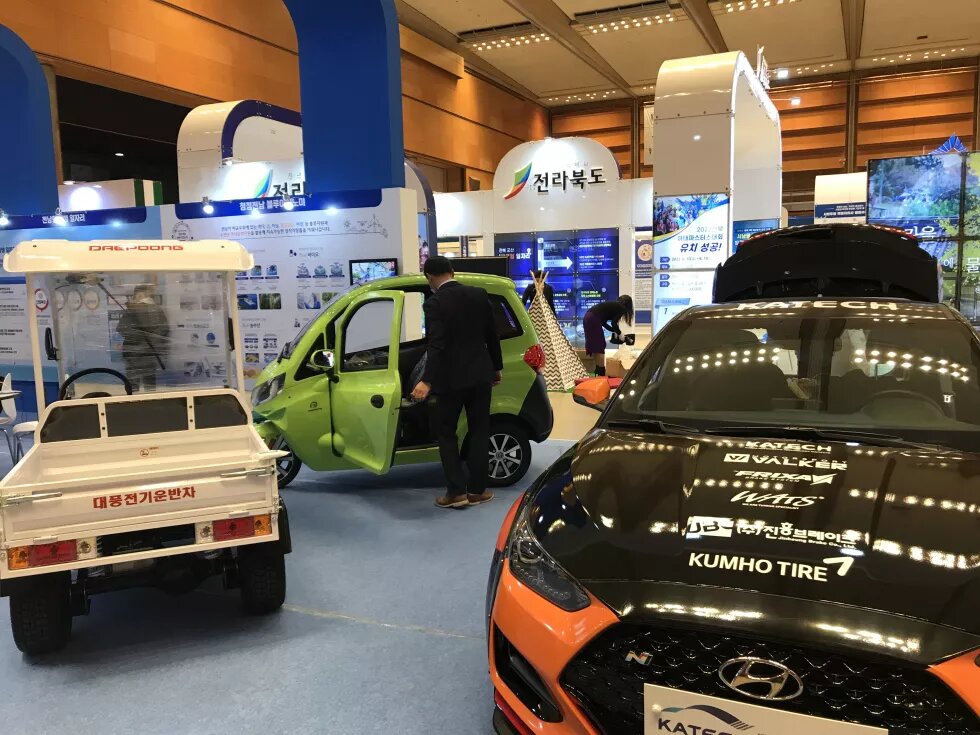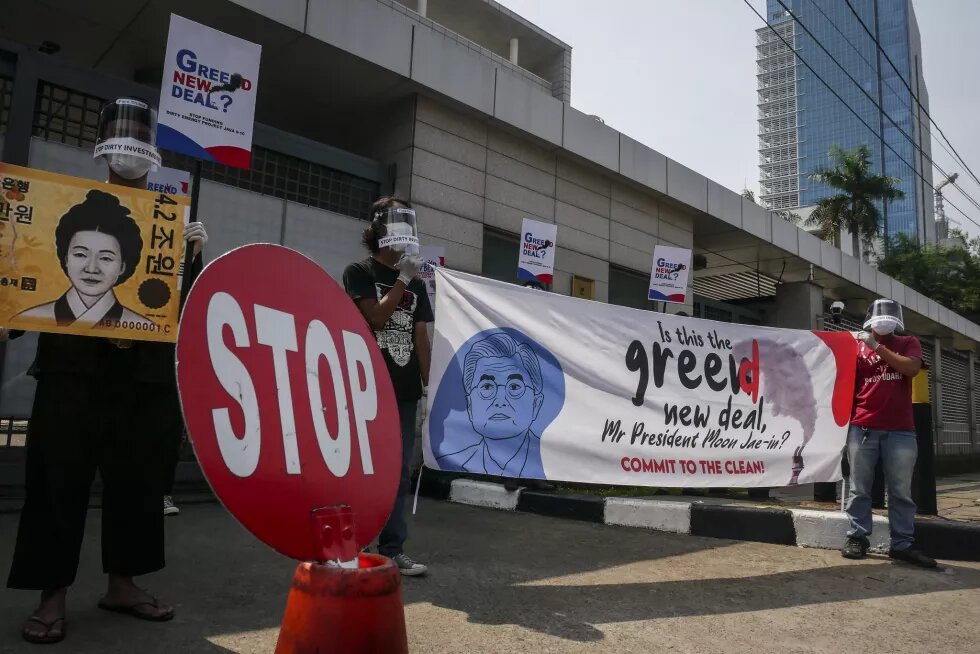
The creation of “green jobs” has been a key focus of South Korea’s current Green New Deal policy. However, the government has made little progress in accomplishing its stated goals and ambitions, including offering decent compensation to young workers and career seekers. This article explores why this is the case.

“The quality of green jobs matters. If the government spends money, the number of jobs seems to increase. However, those are mostly part-time jobs.”
The above comment came from a 28-year-old participant in an online conference for young people on Long-term Low Emission Development Strategies (LEDS) and Green Jobs. The event was hosted by my research team at Yonsei University in collaboration with a civil think tank, the Institute for Climate Change Action, in October 2020.
Another young participant added: “It is ironic that green jobs are not sustainable. That is the reason I do not like the term ‘green job’. Their personal lives and careers are the priority for young people who pursue green jobs. However, current proposals for green jobs are short-term positions, like six-month internships; these are unsustainable jobs.”
Currently, since many green jobs in South Korea are short-term and unsustainable, they are not attractive to businesses or workers. Government-supported internships do not lead to permanent positions with companies. The government and businesses have yet to create an environment that enables long-term, sustainable green jobs.
The Green New Deal must go beyond numerical pledges
Green jobs are defined by the International Labour Organisation as “decent jobs that contribute to preserve or restore the environment, be they in traditional sectors such as manufacturing and construction, or in new, emerging green sectors such as renewable energy and energy efficiency” (ILO 2016). The concept integrates three components: the transition to a low-carbon economy, job creation, and economic prosperity (Lee and van der Heijden 2019). Compared to ‘normal’ jobs that are mostly defined by economic considerations, ‘green’ jobs, as an emerging concept, aim to enhance sustainability through economic activities.
The creation of green jobs has become a global agenda and an important aspect of climate and green policies. Green jobs are considered essential in achieving a green economy aimed at reducing environmental risks at the international, national, and local levels (Lee and van de Heijden 2019).
The South Korean government initiated the ‘K-New Deal’ in 2020, consisting of a Green New Deal, Digital New Deal, and social safety net provisions. President Moon Jae-in’s administration announced a USD 10 billion stimulus package to create 1.9 million jobs through the K-New Deal by 2025. The Green New Deal pursues the green transition of infrastructure and the energy sector, as well as green industry innovation, with USD 3.9 billion set aside to create 659,000 jobs. The job breakdown is as follows: green transition of infrastructure (USD 1.2 billion to create 387,000 jobs), low-carbon and decentralized energy (USD 2.1 billion to create 209,000 jobs), and innovation in the green industry (USD 0.6 billion to create 63,000 jobs).
Can job creation accomplish the Green New Deal’s ambitions?
A key problem is that South Korea does not have a clear definition of green jobs, so statistics on this sector are lacking. The Ministry of Environment counts jobs in conventional environmental industries such as waste, water, air pollution and ecosystem management. However, these environmental industry statistics exclude green energy and mobility related jobs and businesses.
Under the former Lee Myung-bak government, South Korea had already declared Green Growth as a primary goal on the national agenda, with plans to create 810,000 green jobs. The Lee administration poured USD 4 billion into green growth from 2009 to 2012, with great-looking plans. Unfortunately, there is no clear evidence that the government stimulus policies increased environmentally friendly jobs and industries. While there are a few studies showing the prospects or estimates of green job numbers through the Green Growth initiative (Korea Labour Institute, 2010), no research has examined the real impacts of that policy on green job creation. Before setting ambitious numbers and targets, the government should assess which policies have historically succeeded or failed.
However, the South Korean government has yet to critically measure the effectiveness of its green jobs programs, whether from the Green Growth policy of the Lee administration or the current Green New Deal policy. Our researchers could not determine how much greenhouse gas emissions or environmental degradation have been reduced in South Korea as a result of green job creation over the past few years.
There are indeed ways for the government to ensure quantitative results of the Green New Deal policy through green job creation. For example, the design and implementation of long-term policies could reduce uncertainty for industries and communities who intend to invest in creating green jobs. The government can support local universities in providing training programs for green jobs and for the local implementation of the Green New Deal. Assessing the real need for green energy transition at the community level would be more effective than government-led directives. The government should also create an environment that enables workers to be provided with decent remuneration and fair working conditions. The question is whether the government will take its Green New Deal seriously.
Is the government serious about the Green New Deal?
Amid the Covid-19 pandemic, South Korea’s unemployment rate is rising; it currently stands at 3.1%. In particular, job losses among young adults aged 15 to 29 are soaring, now up to 7.7% (Yonhap, 2020). The effects of the economic downturn, public health crisis, and environmental calamity demand urgent and effective solutions. Green New Deal policies and carbon neutrality pledges come with promises in both environmental and economic terms. However, will the creation of green jobs bring real change to the fossil-fuel dependent economy, and alleviate economic inequality and injustice, or is this simply an empty pledge put forth as window-dressing for the government’s policy? If the government is serious about the Green New Deal and green job creation, it has to develop an effective system to monitor and evaluate the effectiveness of green jobs, and build consensus in the community through a bottom-up approach to the creation of green jobs.